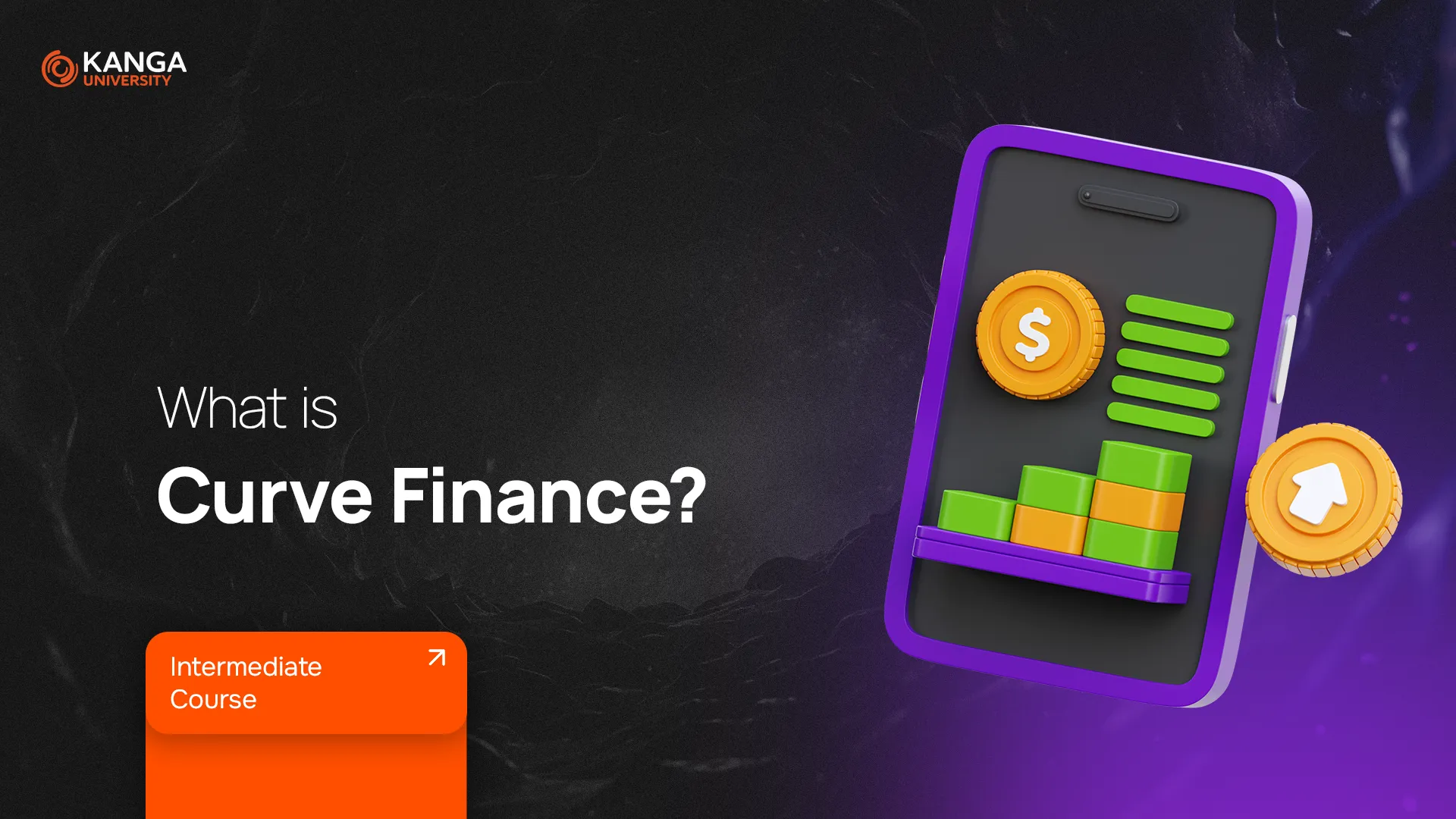
In the crypto space, where prices can swing wildly in minutes, Curve Finance plays a different game. It focuses on stablecoins — cryptocurrencies tied to real-world currencies like the US dollar or euro — and makes it easy to trade them efficiently, securely, and with minimal fees.
Let’s break down how Curve works, how you can earn with it, and why it’s becoming a key player in decentralized finance (DeFi).
What is Curve Finance?
Curve Finance is a decentralized exchange (DEX) designed specifically for stablecoin trading. It runs on Ethereum and several other blockchains and uses smart contracts to automate trades — no middlemen, no centralized authority.
What makes Curve unique:
-
Very low trading fees
-
Minimal price volatility
-
Efficient handling of high-volume trades
After facing a liquidity crisis in 2023 due to an attack on Curve DAO, the platform bounced back in 2024 with major improvements. Today, it supports liquid staking tokens like stETH, rETH, and cbETH, and offers dynamic liquidity pools through Curve V2.
How Does Curve Work?
Curve is an AMM (Automated Market Maker) — meaning there’s no traditional order book with buyers and sellers. Instead, it uses an algorithm to automatically price assets based on real-time market activity.
At the heart of Curve are liquidity pools — collections of tokens provided by users. These pools allow other users to trade assets directly, with pricing handled by smart contracts. The people providing those tokens are called liquidity providers, and they earn a share of the trading fees.
CRV and veCRV: How Can You Earn?
Curve’s native token is called CRV, and it plays a big role in the platform’s economy.
You can:
-
Earn CRV by supplying liquidity to Curve pools
-
Stake CRV to earn additional rewards
-
Lock CRV to receive veCRV, which gives you voting rights and boosts your earnings
Main earning strategies:
-
veCRV: Locking CRV tokens gives you more voting power and higher rewards
-
Trading fees: Every swap in your pool earns you a cut of the transaction fees
-
Yield farming: Curve sometimes deposits unused liquidity into other DeFi protocols for extra returns
-
Boosted pools: Some pools offer higher APYs for users who stake or lock CRV
Why Curve Is So Popular
Curve’s key benefits:
-
Low risk – thanks to stablecoins, there’s less price volatility
-
Low slippage – trades barely affect the market price
-
Liquidity flexibility – you can withdraw your funds anytime
-
Strong DeFi integrations – used by Yearn, Convex, Aave, and more
-
Community governance (DAO) – users vote on key changes
What You Should Know as a Beginner
-
CRV is widely available – you can buy it on platforms like Binance, Kraken, or Coinbase
-
Curve supports multiple networks – including Ethereum, Arbitrum, Optimism, Polygon, and Fantom
-
It’s not a speculative platform – Curve is built for long-term, stable returns, not quick flips or risky bets
Curve Finance – as of July 2025
Supported networks
Ethereum, Arbitrum, Optimism, Polygon, Fantom, Base, Sonic, Fraxtal, Hyperliquid L1, BNB Chain, X Layer, Avalanche, Gnosis, Kava, Taiko, Celo, Ink, Moonbeam, Aurora, Plume, Mantle, Harmony
Top liquidity pools
stETH / ETH
USDC / USDT
crvUSD / USDT
USDC / USDT Strategic Reserves
Total Value Locked (TVL)
Approximately 2.41 billion USD
TVL remains in the range of 2.3–2.4 billion USD with a slight upward trend
CRV Token
Price: around 0.64 USD
Market capitalization: between 823 and 870 million USD
Additional metrics
Staking (veCRV): 524–624 million USD (around 62–65% of market cap)
Borrowed (crvUSD / LlamaLend): 63–106 million USD
Developer activity
Last commit: July 1, 2025
Monthly commits: approximately 227
Weekly commits: between 1 and 24
Active developers: 15–19 per month, 1–7 per week
Summary
TVL: 2.41 billion USD
CRV price: ~0.64 USD
Market cap: 823–870 million USD
Staking: 524–624 million USD
Borrowed: 63–106 million USD
Commits: ~227 per month / 1–24 per week
Developers: 15–19 per month / 1–7 per week
Summary
Curve Finance is a quiet powerhouse in DeFi. It doesn’t promise wild gains — but it delivers predictability, stability, and smart earning opportunities. If you’re just entering the crypto world and want to earn without risking everything, Curve is a strong place to start.
You don’t need to be a trading expert — just understand how liquidity pools work and how to position your tokens within them.